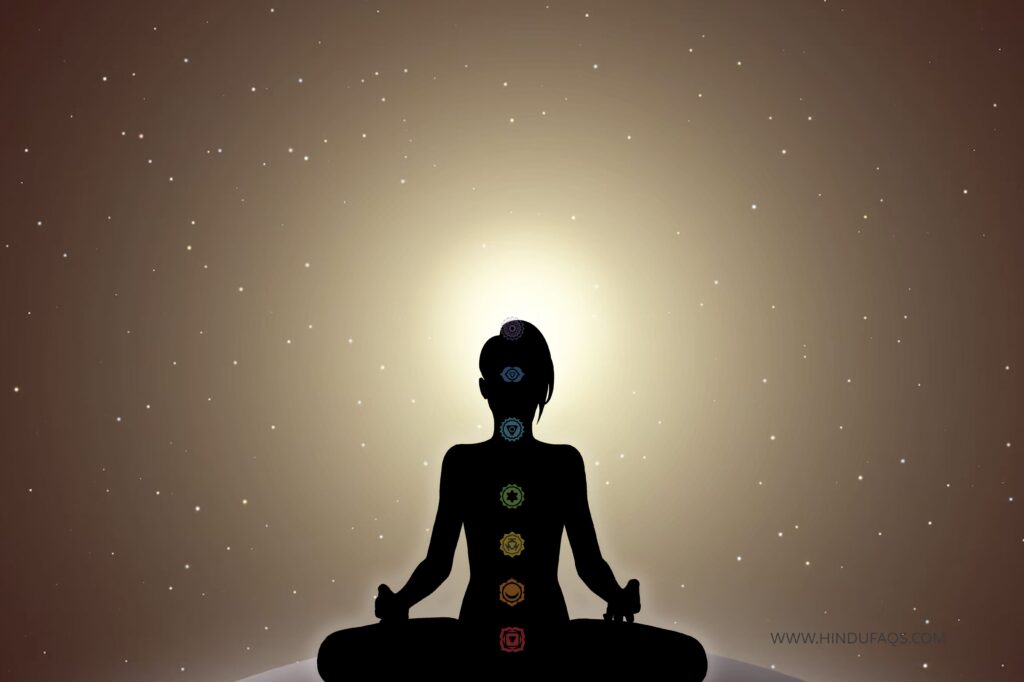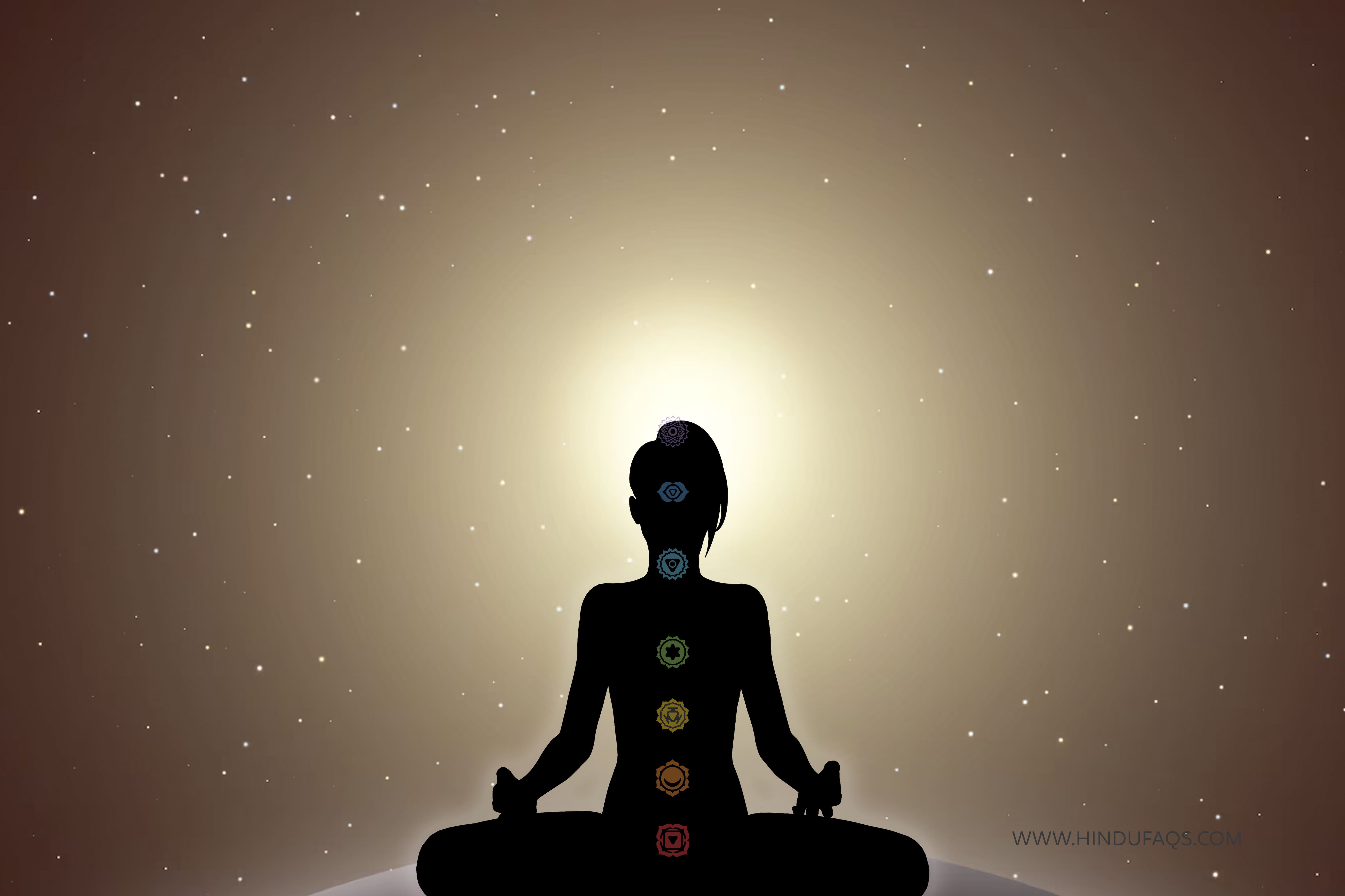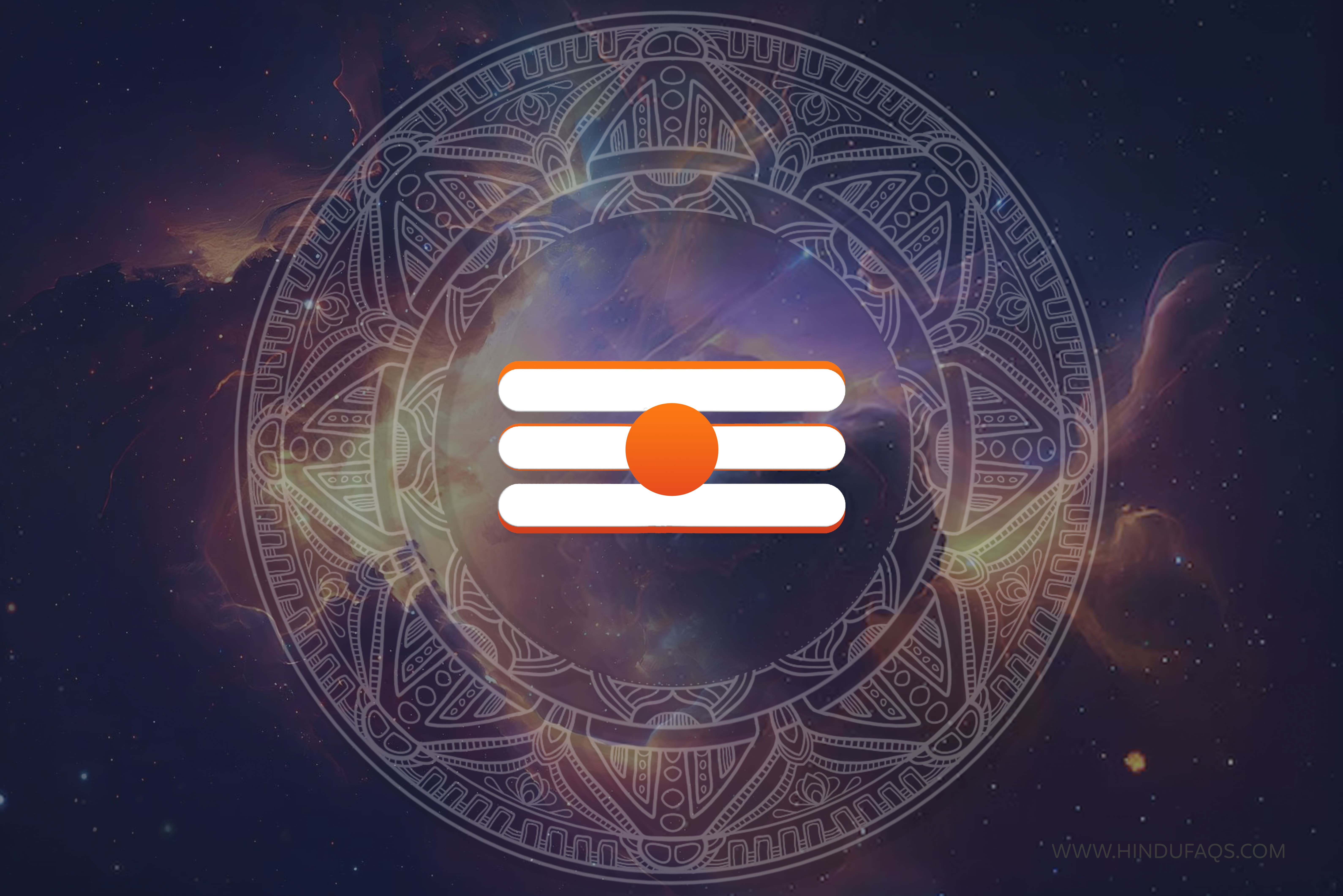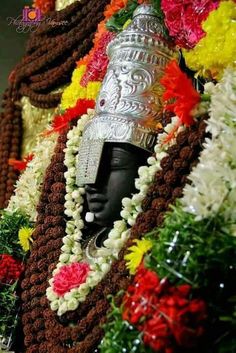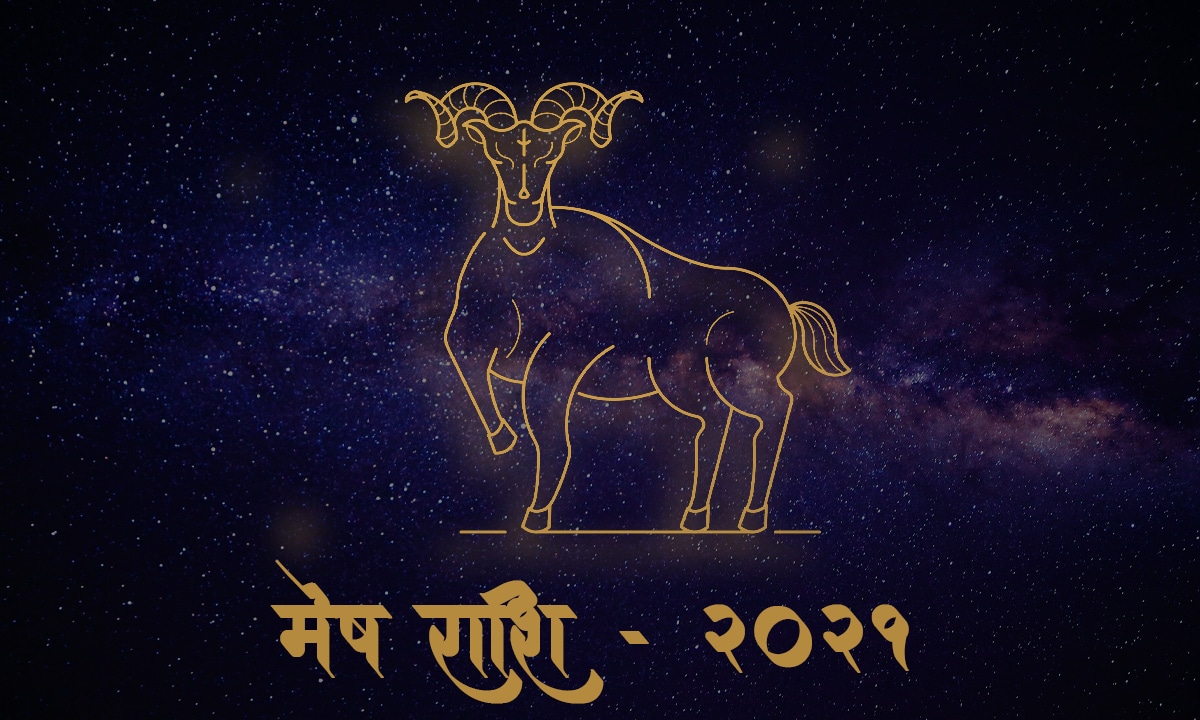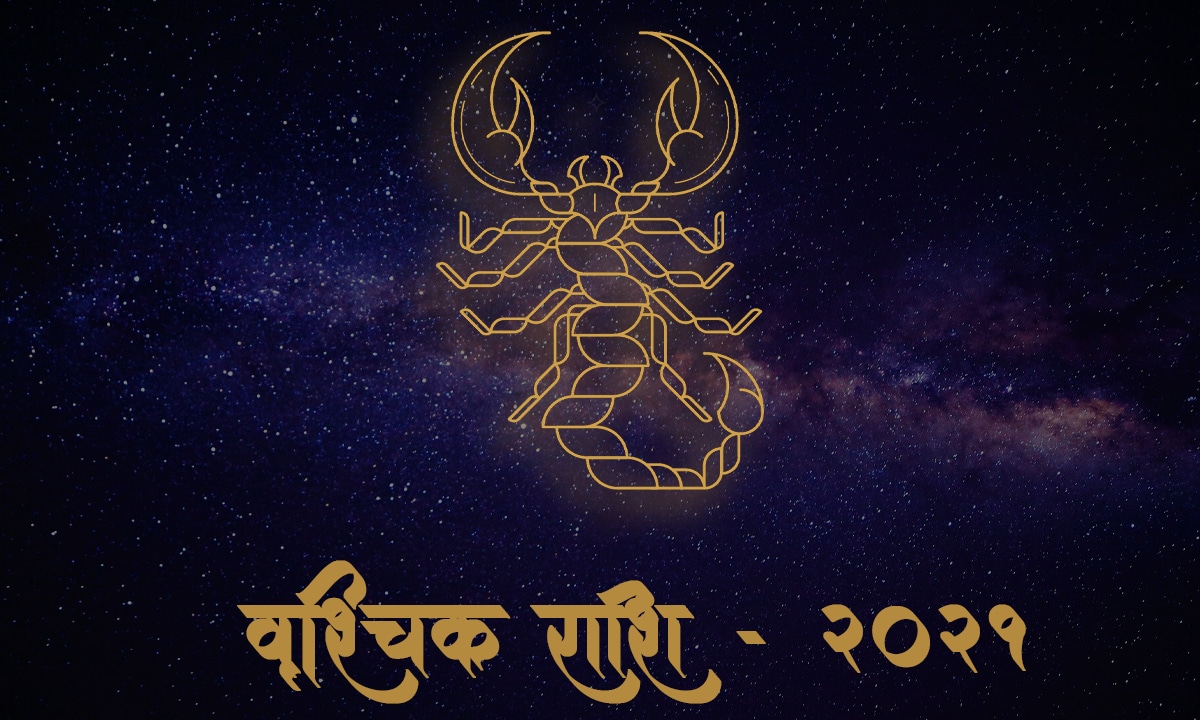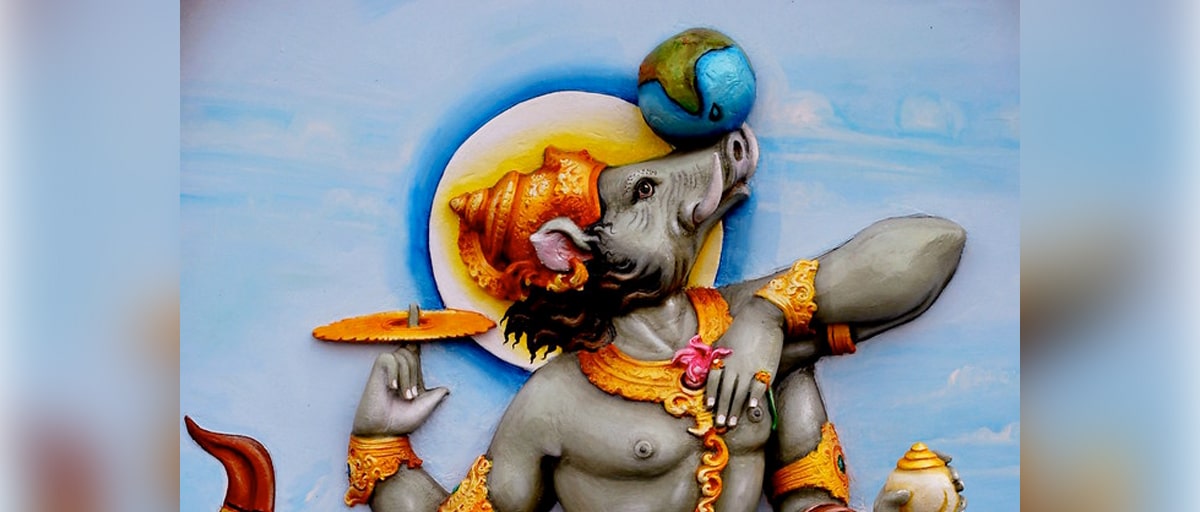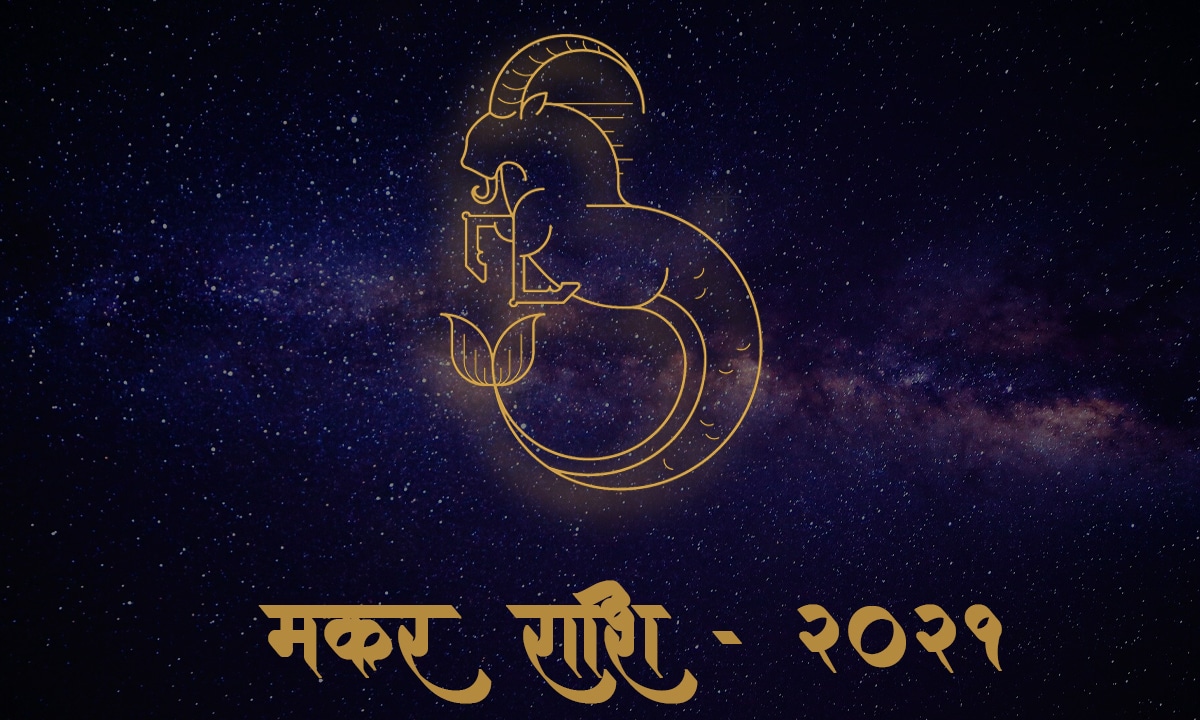Surya Namaskar, a sequence of 12 strong yoga asanas (postures) that provide a good cardiovascular workout, is the solution if you’re short on time and looking for a single mantra to stay healthy. Surya Namaskars, which literally translates to “Sun Salutation,” are a great way to keep your body in shape while still keeping your mind calm and stable.
Surya Namaskar is best performed first thing in the morning, on an empty stomach. Let’s start our journey to better health with these easy-to-follow Sun Salutation steps.
Sun Salutation is divided into two sets, each of which consists of 12 yoga poses. You can come across many different versions on how to perform Sun Salutation. For the best performance, however, it is best to stick to one edition and practise it on a regular basis.
Surya Namaskar not only promotes good health, but it also allows you to express gratitude to the sun for sustaining life on this planet. For 10 days in succession, it is better to start each day with a sense of grace and gratitude for the sun’s energy.
After 12 rounds of Sun Salutations, then alternate between other yoga poses and yoga nidra. You might find that this becomes your daily mantra for staying healthy, happy, and calm.
The Origin of Surya Namaskar
The King of Aundh is said to have been the first to implement sun salutations. He noted that during his reign in Maharashtra, India, this sequence must be preserved on a regular basis and without fail. Whether or not this story is real, the roots of this practice can be traced back to that area, and Surya Namaskar is the most common type of exercise to begin each day.
Many schools in India now teach and practice yoga to all of their students, and they begin their days with the lovely and poetic set of exercises known as sun salutations.
Also Read : What is yoga?
Salutations to the Sun is the literal translation of the phrase “Surya Namaskar.” However, a closer examination of its etymological context reveals a deeper meaning. “I bow my head in full appreciation and give myself to you wholeheartedly without being biassed or partial,” says the word “Namaskar.” Surya is a Sanskrit word that means “one who extends and illuminates the earth.”
As a result, when we perform Surya Namaskar, we bow in reverence to the one who illuminates the universe.
The 12 Steps of Surya Namaskar are Discussed Below;
1. Pranamasana (Prayer pose)
Stand at the mat’s edge, keeping your feet together and distributing your weight evenly on both feet.
Relax your shoulders and expand your chest.
Lift your arms up from the sides as you inhale, and put your hands together in front of your chest in prayer posture as you exhale.
2. Hastauttanasana (Raised Arms pose)
Lift the arms up and back while breathing in, holding the biceps close to the ears. The goal is to stretch the entire body up from the heels to the tips of the fingers in this pose.
How can this yoga stretch be made more intense?
You should move your pelvis forward a little. Make sure you’re reaching out with your fingertips instead of bending backwards.
3. Hasta Padasana (Hand to Foot pose)
Bend forward from the hip, holding the spine upright, while exhaling. Bring your hands down to the floor beside your feet as you absolutely exhale.
How can this yoga stretch be made more intense?
If required, bend the knees to bring the palms down to the floor. Straighten your knees with a gentle effort. It’s a safe idea to hold the hands in this place and not move them until the sequence is completed.
4. Ashwa Sanchalanasanan (Equestrian pose)
Push your right leg back as far as you can when breathing in. Bring your right knee to the floor and raise your head.
How can this yoga stretch be made more intense?
Make sure the left foot is precisely in the middle of the palms.
5. Dandasana (Stick pose)
When you inhale, pull your left leg back and your whole body into a straight line.
How can this yoga stretch be made more intense?
Maintain a perpendicular relationship between your arms and the floor.
6. Ashtanga Namaskara (Salute With Eight Parts Or Points)
Exhale as you gently lower your knees to the floor. Slightly lower your hips, slide forward, and rest your chest and chin on the surface. Raise your backside a smidgeon.
The two hands, two feet, two knees, the stomach, and the chin are all involved (eight parts of the body touch the floor).
7.Bhujangasana (Cobra pose)
As you slide forward, lift your chest into the Cobra position. In this position, you should keep your elbows bent and your shoulders away from your ears. Take a look up.
How can this yoga stretch be made more intense?
Make a gentle effort to force your chest forward as you inhale, and a gentle effort to push your navel down as you exhale. Tuck your toes in. Make sure you’re stretching as far as you can without straining.
8. Parvatasana (Mountain pose)
In a ‘inverted V’ stance, exhale and raise the hips and tailbone up, shoulders down.
How can this yoga stretch be made more intense?
Keeping the heels on the ground and making a gentle effort to raise the tailbone up will allow you to go deeper into the stretch.
9. Ashwa Sanchalanasana (Equestrian pose)
Inhale deeply and step the right foot forward between the two palms, lowering the left knee to the floor, pressing the hips forward and looking up.
How can this yoga stretch be made more intense?
Place the right foot in the exact middle of the two hands, with the right calf perpendicular to the ground. To deepen the stretch, gently lower the hips down towards the floor when in this position.
10. Hasta Padasana (Hand to Foot pose)
Exhale and step forward with your left foot. Keep your palms flat on the ground. If possible, you can bend your knees.
How can this yoga stretch be made more intense?
Straighten your knees gently and, if possible, try to touch your nose to your knees. Continue to breathe normally.
11. Hastauttanasana (Raised Arms pose)
Inhale deeply, roll your spine forward, raise your palms, and bend backwards a little, turning your hips slightly outward.
How can this yoga stretch be made more intense?
Make sure your biceps are parallel to your ears. Rather than stretching backwards, the aim is to stretch up further.
12. Tadasana
When you exhale, straighten your body first, then lower your arms. Relax in this place and pay attention to your body’s sensations.
ADVANTAGES OF SURYA NAMASKAR: THE ULTIMATE ASANA
Many people believe that the ‘Surya Namaskar’, or sun salutation as it is known in English, is simply a back and muscle strengthening exercise.
However, many people are unaware that it is a full workout for the whole body that does not require the use of any equipment. It also helps us break away from our mundane and exhausting daily routines.
Surya Namaskar, when performed correctly and at the appropriate time, can completely transform your life. It may take a little longer for results to appear, but the skin will soon be detoxed like never before. Surya Namaskar increases the size of your solar plexus, which improves your imagination, intuition, decision-making, leadership ability, and self-confidence.
While Surya Namaskar can be performed at any time of day, the best and most beneficial time is at sunrise, when the sun’s rays revitalize your body and clear your mind. Practicing it in the afternoon immediately energises the body, although doing it at dusk helps you relax.
Surya Namaskar has many advantages, including weight loss, glowing skin, and improved digestion. It also ensures a daily menstrual cycle. Reduces blood sugar levels, reduces anxiety, and aids in the detoxification of the body also, Insomnia is fought.
Caution:
You must take care of your neck when performing the postures so that it does not float backwards behind your arms, as this may cause severe neck injury. It’s also a good idea to avoid bending over abruptly or without stretching because this can strain the back muscles.
Number of Rounds One Can Do in a Day.
Doing at least 12 rounds of Surya Namaskars every day is a good idea (one set consists of two rounds).
If you’re new to yoga, start with two to four rounds and work your way up to as many as you can comfortably do (even up to 108 if you’re up to it!). The practise is best performed in sets.

